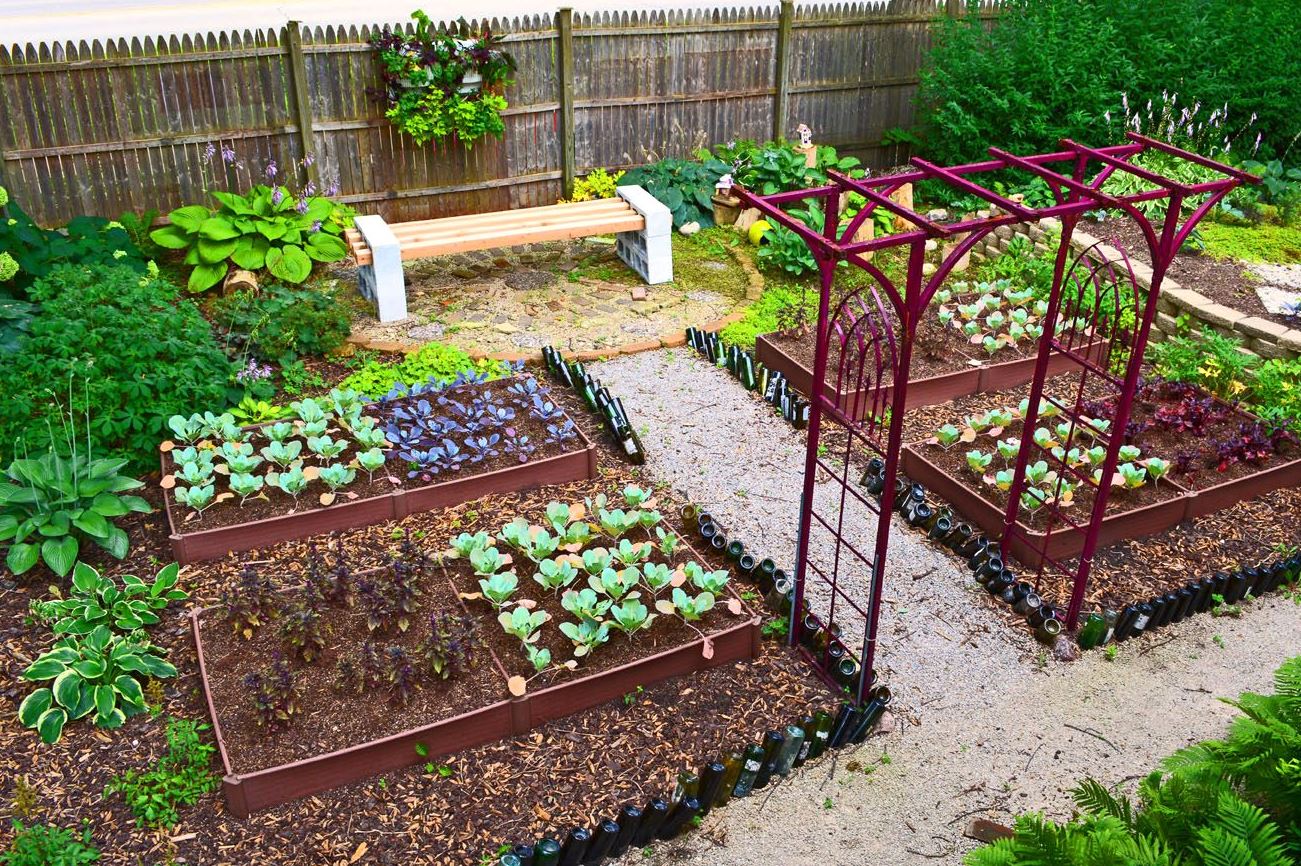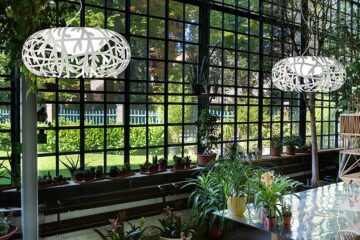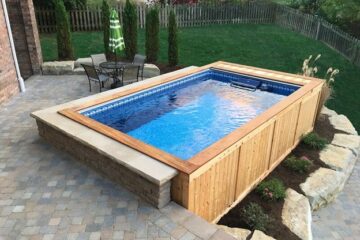
If you have a vegetable garden, you will always want to harvest more from it. Fortunately, there are some effective ways to increase jardiner productivity. It takes careful planning, healthy soil, and crop protection.
The following are proven ways to boost your vegetable garden’s productivity:
Nourishing the Soil
Nutrient-rich soil encourages extensive root systems and strong plants. Your soil must be nourished with lots of organic matter like compost, leaf mold, or manure. Add most organic matter in winter to offer enough time for it to become incorporated into the ground before spring. Just top up 2-5 cm thick of organic matter around existing crops in the growing season. This will also help slow moisture loss and suppress weeds.
Feeding the Plant
Further boosting organic fertilizers like liquid seaweed concentrate can benefit a lot of plants. Alternatively, you can grow a patch of comfrey to make your own comfrey tea, which is an ideal brew for hungry plants such as tomatoes. Comfrey leaves can also be drape cut around plants or added to the compost heap for faster decomposition.
Choosing the Right Plants
Make sure to grow plants that thrive in your soil and climate to ensure stronger growth and bigger harvests. For instance, if you have a warm climate, you can consider growing sweet potatoes and tomatoes. Crops such as chard and cabbage are ideal in cooler areas.
Collecting Rainwater
When it comes to water vegetables, rainwater is the perfect option. Rainwater is softer, has fewer contaminants, and is at pH ideal for the majority of plants. Install additional barrels and collect as much rainwater as you can, so you don’t have to use treated water to irrigate your crops.
Ensuring Proper Plant Spacing
Planting too close will not allow the crops to grow properly. In fact, this can increase their susceptibility to disease. Also, planting too far apart will prevent you from making the most of your space. Often, it is a great idea to leave at least 18 to 36 inches of space between every plant row.
Growing Together Some plants
Some plants, when grown together, can help increase overall garden productivity. For instance, you can use loft corn as support for climbing beans or lettuce grown in-between rows of carrot or onion to allow for smoother weeds while the slower growing crops establish.
Controlling Pest
To stop pests in their tracks, put barriers over susceptible plants to protect them from flying insects. Also, you can remove hiding places like upturned pots or long grass in and around growing areas to minimise a nuisance slug population.
A Guide to High-Quality Floor Products
April 18, 2024Can Fiberglass Pools Be Installed Above the Ground?
March 28, 2024
Comments are closed.
-
Selecting the very best Laminate Floors Quality
September 30, 2018 -
Recruiting A Skip – Every one of Your Inquiries Responded to
February 11, 2021 -
Tips to decorate your home with Shag Rug
November 1, 2022
Latest Posts
-
A Guide to High-Quality Floor Products
April 18, 2024 -
Can Fiberglass Pools Be Installed Above the Ground?
March 28, 2024 -
The Best Junk Removal Company
March 22, 2024











